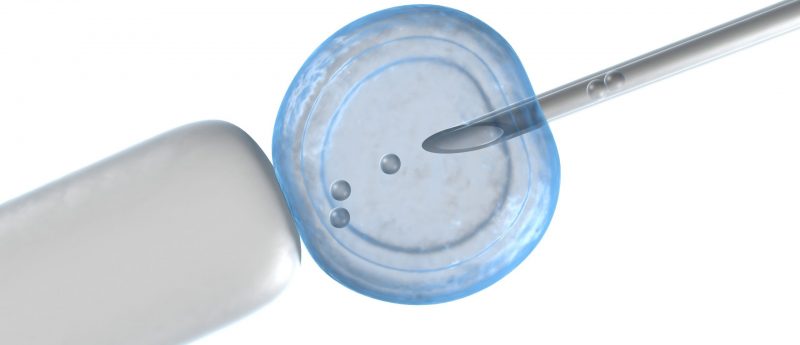Researchers develop potential therapy for critical limb ischemia from adipose-derived stem cells

A collaboration between researchers in Czech Republic, Poland and the USA have combined efforts to find a much needed therapy for critical limb ischemia with adipose-derived stem cell-derived factors.
Critical limb ischemia (CLI) describes an advanced stage of peripheral artery disease characterized by obstruction of the arteries and a markedly reduced blood flow to the extremities. In an effort to develop an effective treatment for CLI, a team of researchers in the Czech Republic, Poland and the USA developed a potential therapy utilizing adipose-derived stem cells (ASCs) and their secreted factors to create a therapeutic factor concentrate (TFC) to promote blood vessel growth (angiogenesis) and revascularization.
CLI is considered to be a critical public health issue. The estimated annual incidence of this disease ranges between 500 and 1000 new cases out per one million people each year, with the highest rates being amongst the elderly, smokers, and patients with diabetes. CLI identifies patients at high-risk for major amputation and attempts at revascularization are often unsuccessful.
The group of researchers created TFC utilizing beneficial growth factors secreted from adipose-derived stem cells and cytokines (a broad category of small proteins with signaling capabilities), all of which were filtered, concentrated and frozen.
“Recognition that the functional component of adult stem cells can be attributed to secreted factors led us to explore the therapeutic benefit of delivering these factors,” explained study co-author Vaclav Prochazak of the University Hospital Ostrava. “The purpose of our study was to test the efficacy of a single intramuscular administration of human TFC using laboratory animals modeled with subacute CLI.”
A total of 27 adult rabbits were surgically modeled with CLI whilst five were utilized as controls. The CLI rabbits received either a placebo, low dose TFC, or high dose TFC by injection into their left hind legs. One week after surgery, limb perfusion was tested by means of a Doppler probe and blood samples were analyzed for growth factors and cytokines.
A tissue assessment of the CLI-modeled animals revealed that the tissue reperfusion in the high dose group was doubled compared to the placebo group after 35 days.
“Our results demonstrate that TFC represents a potent therapeutic combination for patients with CLI, many of whom are at-risk for amputation of their affected limb,” wrote the authors. “We envision having an off-the-shelf product that would be immediately available for administration with little preparation and that would improve quality of life and reduce morbidity, such as amputation, for a significant patient population.”
The researchers are currently planning a clinical trial with patients who are not candidates for conventional revascularization.
“The therapeutic effects of stem cells may be due to secretion of several factors, including a phenomena called ‘paracrine effects,’ rather than stem cells directly replacing damaged or dead cells,” commented Amit Patel, director of Cardiovascular Regenerative Medicine and associate professor of surgery in the Division of Cardiothoracic Surgery of the University of Utah. “The results of this study indicate that it may be highly beneficial to directly inject these factors because it cuts down on the processing time associated with stem cell preparation and also avoids the problem of stem cells becoming trapped in organs and tissues other than the target site. It will be very exciting to see the outcome of the clinical trial that is currently being planned, as this method may be beneficial for people with CLI as well as other conditions.”
Source: www.medicalxpress.com/news/2012-05-peripheral-artery-disease.html; Procházka,V, JurÄÃková J, Laššák; O et al. Therapeutic Potential of Adipose-Derived Therapeutic Factor Concentrate for Treating Critical Limb Ischemia. Cell Transplant. doi:10.3727/096368915X689767 (2016) (Epub ahead of print).